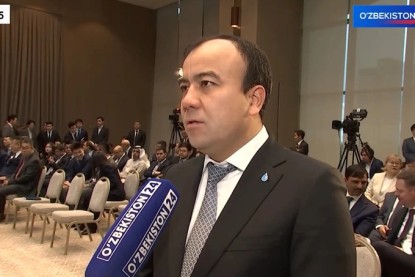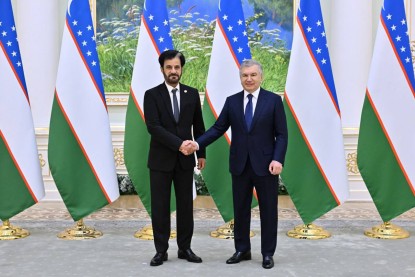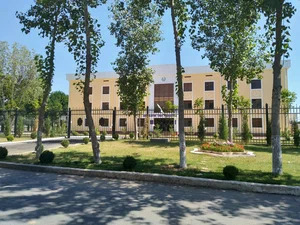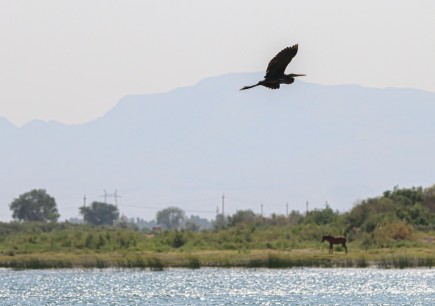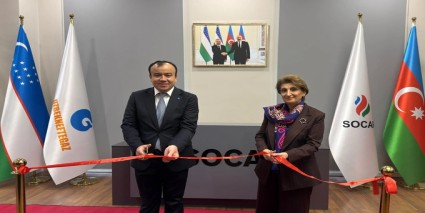Today, the United States Agency for International Development (USAID) introduced a new initiative to support Uzbekistan’s clean energy objectives – the development of a Green Hydrogen Hub. Green hydrogen is defined as hydrogen energy developed by using renewable energy resources. Hydrogen is emerging as one of the leading options for storing and potentially transporting energy from renewables over long distances.
Uzbekistan set a 25 percent target for renewable energy (solar, wind, and hydro) generation by 2030 and carbon neutrality by 2050. To support the government’s efforts to achieve these goals, USAID is working with the Ministry of Energy and energy sector stakeholders to launch a Green Hydrogen Hub. The Hub will help improve the energy sector workforce’s expertise in emerging clean energy technologies to shape the region’s future energy landscape and contribute to Uzbekistan’s “Strategy for the Development of Renewable and Hydrogen Energy”.
During the meeting, the Deputy Minister of Energy of the Republic of Uzbekistan, Umid Mamadaminov, and Acting Director of USAID Mission to Uzbekistan Edward Michalski, alongside key stakeholders from the energy sector discussed the initial phase of the Hydrogen Hub concept, such as the priorities and action steps.
In his remarks, Edward Michalski underscored the importance of clean energy initiatives. “USAID is committed to supporting the Central Asian countries in the pursuit of clean energy development and other energy priorities, as this is not just a goal, but a necessity. Our commitment is rooted in the belief that a sustainable future depends on our collective efforts to transition to cleaner, more efficient energy sources.”
Previously, USAID established a partnership between the University of Delaware, USA, and Tashkent State Technical University to introduce a new curriculum on green hydrogen, which has been incorporated into a master’s degree program at the university.
The Green Hydrogen Hub concept will assess key aspects to successful implementation including renewable energy potential, water availability, clean hydrogen production methods, and export potential. Site evaluation, storage design, logistics planning, market analysis, regulatory assessments, and environmental impact considerations are among other components in determining optimal locations for operation.
This work is made possible through USAID’s flagship regional energy project, Power Central Asia. With a total budget of $39 million over a five-year period, the project aims to improve performance of the energy sector, expedite clean energy development, and enhance energy security and resiliency through greater regional connectivity and expanded cross-border electricity trade. Through this project alone, USAID has leveraged $2.2 billion in clean energy investments and facilitated the installation of 2,241 megawatts of clean energy capacity across Central Asia to date.


